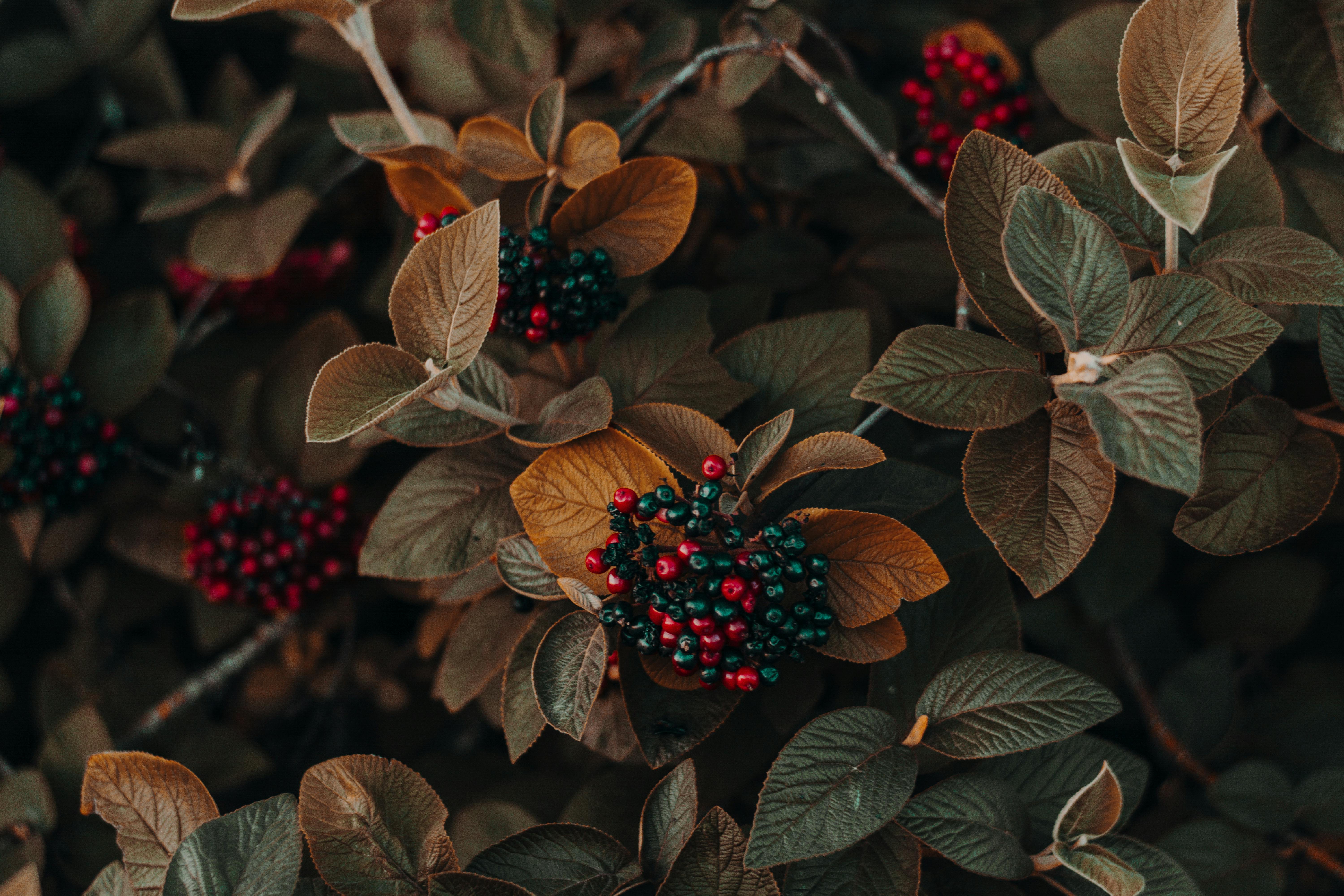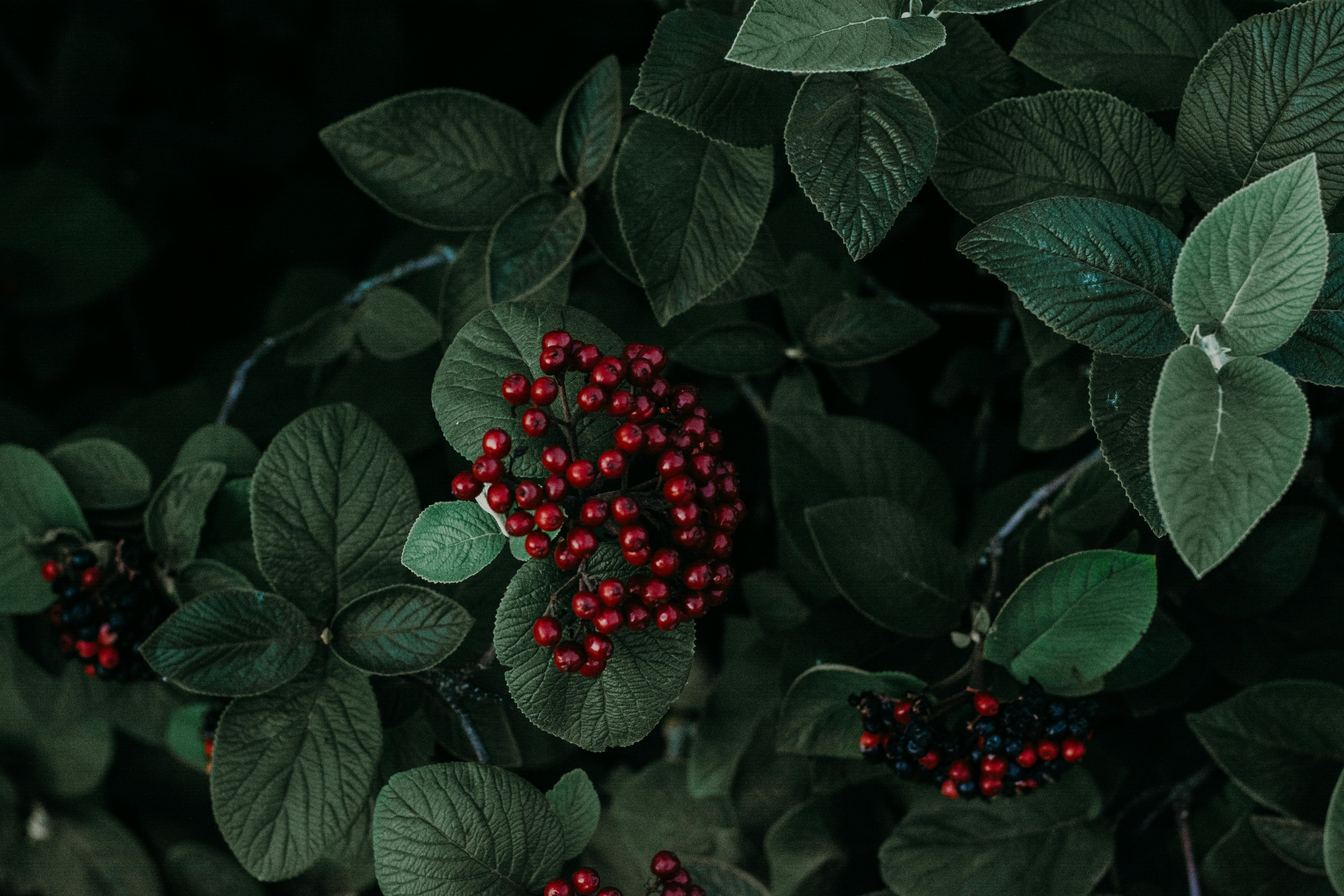Fruit is a vital component in the lifecycle of plants, providing nourishment to the plant as well as dispersing seeds and aiding in reproduction. Fruits are edible structures that are the result of plant reproduction and contain seeds inside them. There are many reasons why plants make fruit, ranging from attracting animals to help spread their seeds to providing protection for developing seeds. This article will explore why plants make fruit and how it helps them survive and reproduce.The benefits of fruit for plants are numerous and include providing energy to the plant, dispersing seeds to promote reproduction, attracting pollinators for fertilization, and providing food for animals. Fruits provide energy to the plant in the form of carbohydrates, which are produced during photosynthesis. The carbohydrates stored in the fruit provide an energy source for the plant when photosynthesis is no longer possible due to darkness or lack of sunlight. Additionally, fruits act as a vehicle for dispersing seeds away from the parent plant. This helps continue species growth and aids in future generations of plants. Pollinators such as bees, butterflies, and birds are attracted to the bright colors and sweet scents of fruits, which helps increase fertilization rates. Lastly, many animals rely on fruits as a food source rather than eating other parts of the plant. This helps ensure that these animals get essential vitamins and minerals for survival while also aiding in seed dispersal from animal droppings.
Pollination and Fruit Production
Pollination plays a critical role in fruit production. Pollination is the process of transferring pollen from the male parts of a flower to the female parts, allowing fertilization to take place. Without pollination, fruit cannot develop. Pollination is typically carried out by insects, birds and bats, though other animals can also be involved.
The process begins when a pollinator visits a flower and collects its pollen on its body or legs. As the pollinator moves from flower to flower, it deposits some of its pollen onto the stigma of each flower’s pistil. This allows for fertilization and enables the plant to produce fruits or seeds. Without pollinators, these plants would not be able to reproduce and their populations would eventually die out.
Fruits are essential for human nutrition and provide us with some of our most important vitamins and minerals. For this reason, it is imperative that we protect our pollinators and ensure that they have access to flowers so that they can continue to do their job properly. One way we can help is by planting native plants in our gardens as these will be attractive to local species of pollinators. We can also avoid using pesticides on our plants as these can kill off beneficial insects such as bees.
In conclusion, it is clear that pollination plays an essential role in fruit production. Without pollinators, many plants would not be able reproduce and thus could not produce any fruits or seeds. For this reason, it is important that we protect our pollinators so that they can continue their vital work in helping us produce healthy food crops for our consumption.
Fruits Produced by Plants
Fruits are the edible seeds or fleshy parts of plants that contain a high amount of natural sugars. Fruits are an important part of a balanced diet, providing essential vitamins and minerals to maintain good health. Plants produce a wide variety of fruits, including citrus fruits, stone fruits, berries, melons, and pome fruits.
Citrus fruits include oranges, lemons, limes, and grapefruits. These fruits are high in vitamin C and have a tart flavor. Stone fruits include peaches, plums, cherries, apricots, and nectarines. These sweet-tasting fruits have a hard stone-like pit that surrounds the fleshy part of the fruit.
Berries are small round or elongated fruits with thin skins that contain numerous tiny seeds. Popular types of berries include strawberries, raspberries, blueberries, blackberries, and cranberries. Melons come in many shapes and sizes such as watermelons and cantaloupes which are both members of the cucurbitaceae family. Pome fruits are those with thick skin on the outside and edible flesh on the inside such as apples and pears.
In addition to these common types of fruit produced by plants there are also tropical fruits such as mangoes, papayas, guavas and pineapples which can also be enjoyed as part of a healthy diet. Fruits provide essential vitamins and minerals for good health so it is important to include them in your daily diet for optimum health benefits.

How Long Does It Take for a Plant to Make Fruit?
The time it takes for a plant to make fruit depends on the type of plant and the variety. Most plants will take between one and four months to produce fruit from the time of planting. However, some plants like strawberries and apples can take up to two years or more before they start producing fruits.
Climate also plays an important role in determining how long it takes for a plant to make fruit. In warmer climates, plants may take less time to flower and set fruit compared to colder climates. Additionally, the soil quality and fertility can also affect the speed of fruiting for certain plants.
Fruit tree varieties usually take the longest amount of time before producing fruit. For example, citrus trees like lemons and oranges can take up to four years before they start bearing fruits. On the other hand, fast-growing annuals such as tomatoes, peppers, eggplants, and squash will produce fruits within two months from planting.
In general, it is important to remember that patience is key when it comes to growing fruits as it can take some time before you see any results. While there are certain things you can do to speed up the process such as providing adequate sunlight and water, in the end it all comes down to the type of plant you are growing and its individual characteristics.
Are All Fruits Edible?
Fruits are a great source of vitamins, minerals, and fiber, but can all fruits be eaten? The answer is no; not all fruits are edible. Some fruits contain toxins that can make you ill if consumed in large amounts. In addition, some fruits may be unpalatable or inedible due to their texture or taste.
Some of the most common types of inedible fruits include the ackee fruit, the durian fruit, and the manchineel fruit. The ackee fruit is native to West Africa and contains high levels of hypoglycin A and B. If these toxins are ingested in large amounts they can cause vomiting and even death. The durian fruit is native to Southeast Asia and has a strong smell which many find off-putting. It also has dangerous spines that must be removed before consumption. The manchineel fruit is native to Central America and contains poisonous sap that can cause severe skin irritation or blindness if it comes into contact with skin or eyes.
Not all fruits are dangerous, however; in fact, there are many edible fruits that can provide essential vitamins and minerals including apples, oranges, bananas, grapes, strawberries, cherries, blackberries, kiwis, pineapples and more. These types of fruits are typically eaten raw but can also be cooked or pureed for recipes such as pies or smoothies.
In conclusion, not all fruits are edible due to their potential toxicity or unpleasant taste. However there are numerous safe-to-eat varieties of edible fruits available that provide essential nutrients for a healthy diet.
Factors Determining Quality of Fruit Produced by a Plant
The quality of fruit produced by a plant is determined by several factors. One of the most important factors is the genetic makeup of the plant, including its resistance to pests and diseases. Additionally, the soil type, climate, and amount of water and nutrients available all play a role in producing quality fruit.
The amount of sunlight received by the plant can also have an effect on the quality of its fruit. Plants that receive adequate amounts of sunlight tend to produce better tasting fruits. Furthermore, proper pruning and training techniques can also help improve the quality of fruits produced.
Finally, it is important to ensure that plants are not exposed to any harsh conditions or chemicals that could potentially damage them or their fruits. Pesticides and herbicides should be used sparingly and carefully to maximize yields while still maintaining safe growing conditions for the plants. By taking these factors into consideration, growers can produce higher quality fruits with greater yields.

Conclusion
Fruits are an important part of a plant’s lifecycle, providing food and shelter for animals, dispersing seeds, and ensuring the survival of the species. They are a vital part of the natural world, and without them many ecosystems would suffer. Plants make fruit to ensure their own survival, but also to help other living things around them. Fruits provide nutrition for animals and humans alike, and they are integral to the functioning of many ecosystems. Without fruits, the world would be a very different place indeed.
In conclusion, plants make fruit for a variety of reasons: to feed themselves and others; to disperse their seeds; and to ensure their own survival in a changing environment. Fruits are an essential component of healthy ecosystems, providing food and shelter for countless species on earth. By understanding why plants produce fruit, we can better appreciate their importance in our lives and in the natural world.

